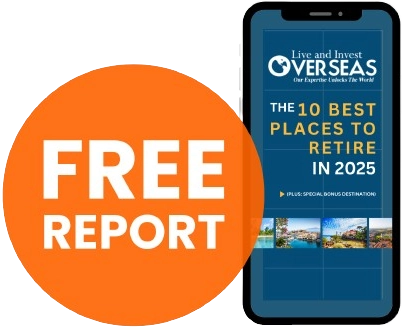Residency In Costa Rica
There are four main types of residency that interest the expat in order to settle in Costa Rica. These include: the Retiree or Pensionado program, the Legal Resident program, and the Investor/Inversionista program.
Pensionado Program In Costa Rica
After working so hard to woo American and European retirees, Costa Rica seemed to change its mind. The Costa Ricans didn’t drop their famous pensionado program.
They simply eliminated most of the tax breaks it had promised, as part of a deficit-reduction austerity package. And they didn’t grandfather existing pensionados.
Those then who chose Costa Rica for the retiree benefits it offered felt surprised and disappointed to find that those benefits existed no more.
Up until 1992, Costa Rica offered two major benefits for those who attained the pensionado status.
Firstly, the right to import a vehicle every five years free of import duties, which can cost up to 89% of the total of the vehicle.
Secondly, a one-time pardoning of import tariffs up to a thousand dollars in household goods.
Also, the average application only took a few months to complete, in stark comparison to the 12 to 18 month period it averages in these moments.
The process is far from convenient, but still, what keeps drawing retirees here is mostly a lower cost of living, that lets pensioners rely on their monthly payments in order to live comfortably.
Now the Costa Rican government is considering a further pensionado program adjustment.
They’re talking about increasing, even substantially, the minimummonthly income requirement to qualify, which currently sits at a thousand dollars. And, again, if the change goes, existing pensionados won’t get grandfathered. To renew your status, you’d have to qualify under the new requirements.
The Rentista Visa Program In Costa Rica
This program is currently aimed at expats that are not in retiring age. They do not need to work in Costa Rica, but they have to prove a guaranteed $2.500 dollars from savings, investments, or other sources for at least 2 years.
How do you prove this? The common denominator is to get a notarized letter of a bank of other financial institution indicating you have at least $60,000 in a CD for example.
You have to agree in this letter that you will withdraw $2.500 dollars to a Costa Rican bank account per month during this 2 year period. ( $60,000 USD = $2.500 x 24 months). This amount stays the same for the case of a married couple.
This type of visa in temporary, but you can apply for permanent residency after being temporary for at least three years.
This visa doesn’t come with a work permit, as the law states you have to be a permanent resident in order to acquire one. That means you can’t work for a three year period.
The Inversionista Visa Program in Costa Rica
People who make an investment in Costa Rica of at least $200,000 USD are applicable for this visa. It doesn’t matter what type of investment you make, whether it be in business or real estate, while it’s in Costa Rica.
This type of visa won’t give you a work permit either as you won’t have a permanent residency. You would have to go through the same three years of temporal residency in order to upgrade. There are additional requirements that are subject to change, so be always informed.
Acquiring A Visa In Costa Rica: The Process
In Costa Rica, unlike other countries like Panama, you can manage to go through all the hoops on your own, without the help of an attorney. This isn’t advised if you aren’t fluent in Spanish and wish to skip a headache or three, though.
Lawyers in Costa Rica have some advantages that could make you consider using their services. For starters, they will manage all the translation of documents and filing, which cost around $300.
A good lawyer can come in all sizes, but a range between $700 and $1700 should be your goal. Like in almost every aspect of life, “The cheap comes out expensive”.
This means lower prices will most likely get you a lower service quality. It’s generally a coin toss if you are going on a low budget.
Documentation
We highly recommend you investigate the necessary paperwork you’ll need when looking for a visa in Costa Rica.
It is important to acquire all necessary documents while being in the US, as working them out from abroad proves costly in money and time.
The pensionado residency normally asks for the following documents:
Most documents must have apostille, a stamp that certifies your document is valid on an international level. You can apply for this stamp at your home state’s State Department.
All other types of residencies share similar requirements. Either way, it should be wise to go directly to the source to know exactly what you’ll need.


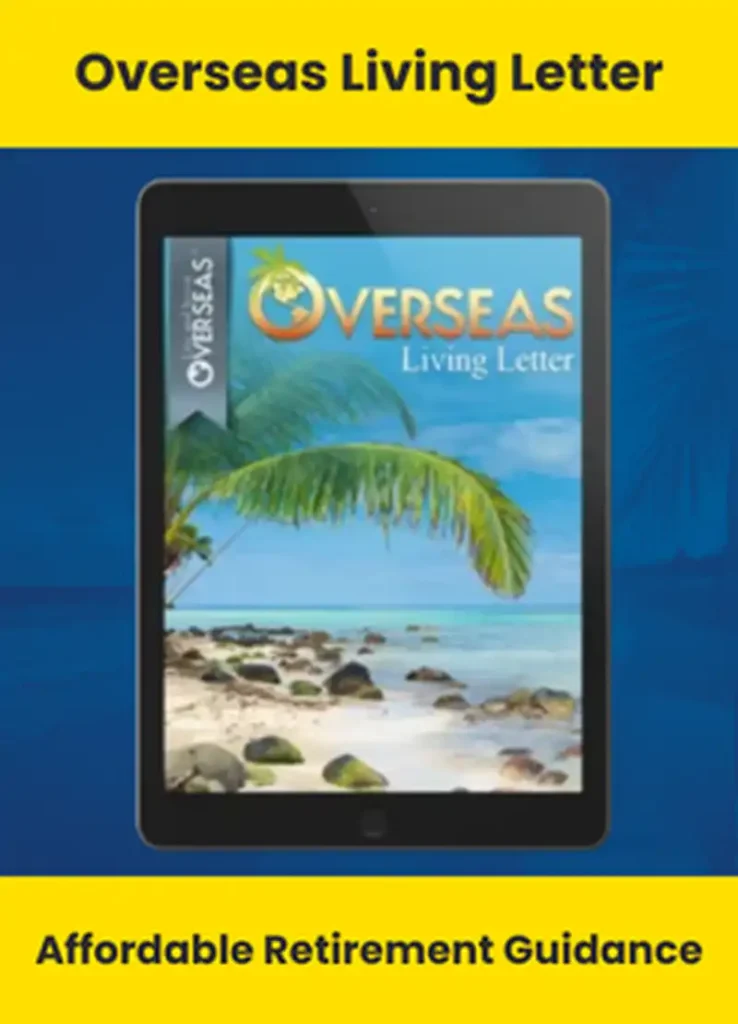



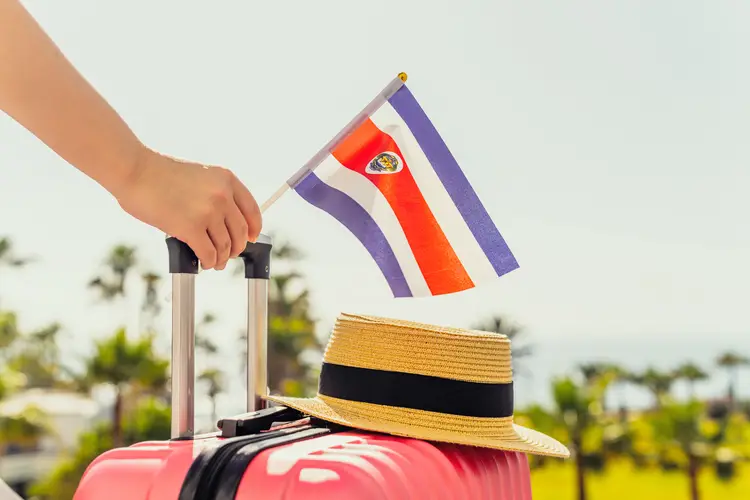

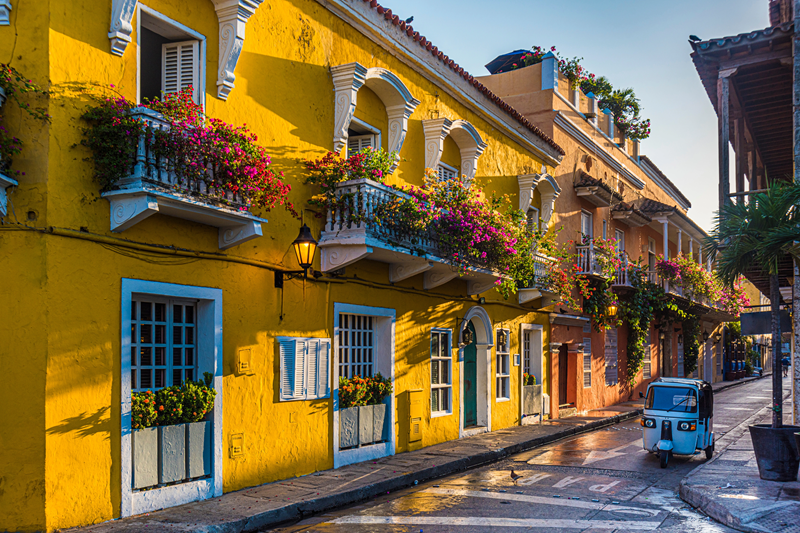 . '
. '
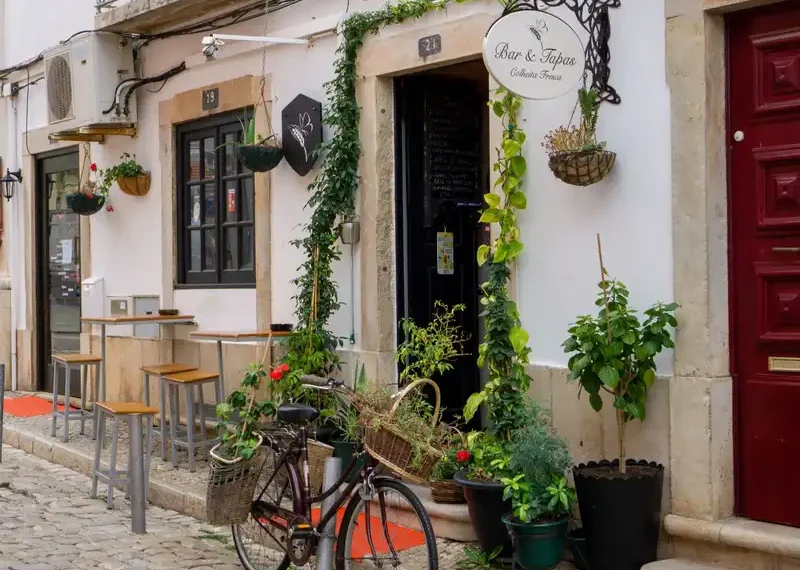 . '
. '
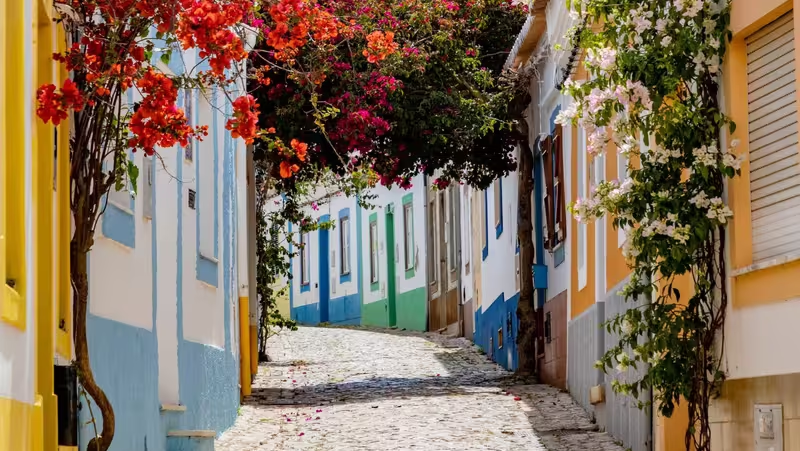 . '
. '
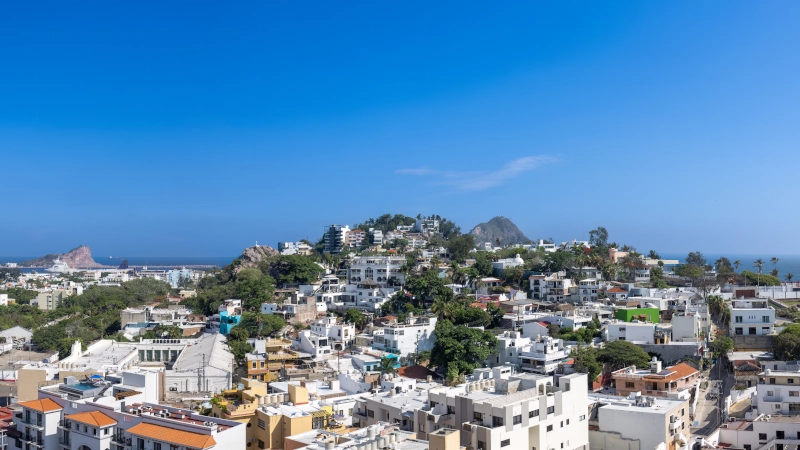 . '
. '
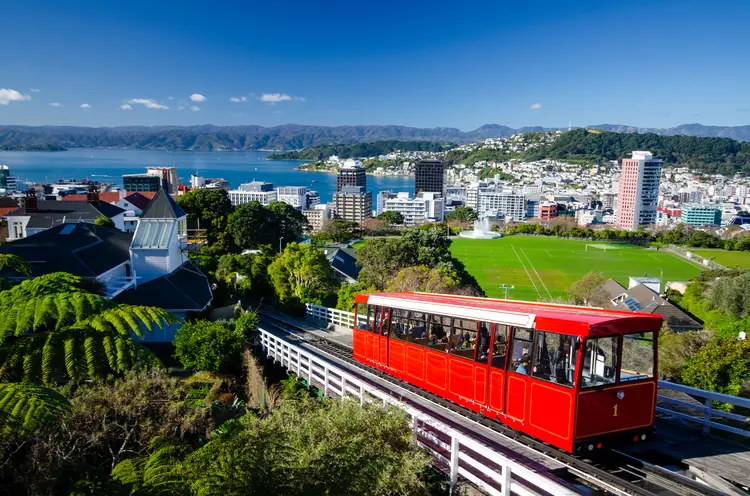 . '
. '








